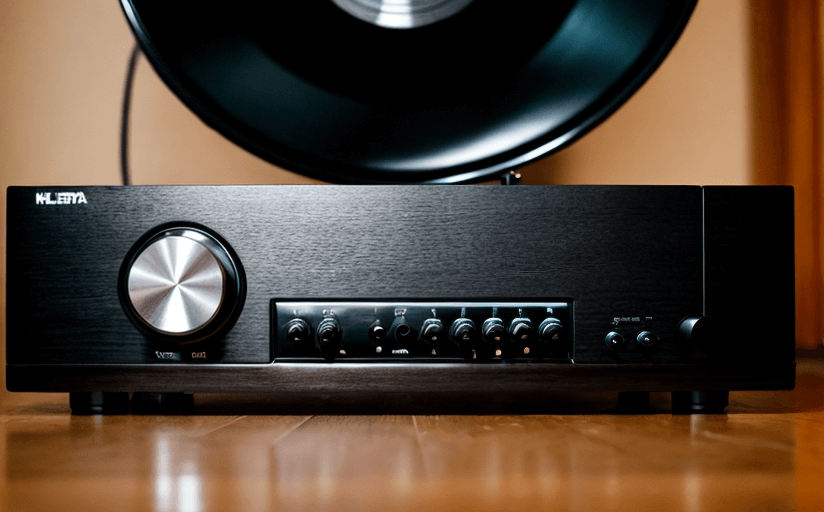Exploring the Rise of Independent Music in the Digital Streaming Age
The digital streaming age has revolutionized the music industry, and independent music is no exception. In recent years, independent music has become increasingly accessible and popular, offering a viable alternative to mainstream music. But what are the benefits and drawbacks of this new form of music distribution? And what impact is it having on the music industry? Let’s take a look at the implications of independent music becoming more accessible, and discover some examples of independent artists who have found success in the streaming age.
Benefits and Drawbacks of Independent Music Distribution
There are many benefits to independent music being more widely available through streaming services. For independent artists, it means increased exposure and the potential to reach a larger audience. According to Billboard, independent artists accounted for 40% of all music streamed in 2019, and streaming platforms like Spotify and Apple Music are making it easier for independent artists to get their music out to the world. Major labels, on the other hand, have to contend with the fact that streaming services are cutting into their profits. Streaming services typically pay much lower royalties than physical media, so labels have to adapt their business models in order to stay afloat.
The other major drawback of streaming services is that they often favor popular artists over independent ones. This means that independent artists have to work harder to get their music discovered, and the competition can be fierce. The upside is that streaming services also offer powerful promotional tools that can help independent artists get their music heard.
Impact on the Music Industry
The rise of independent music has had a profound impact on the music industry as a whole. On the one hand, it has opened up the industry to more diverse voices, allowing independent artists to break into the mainstream. On the other hand, streaming services have created a new challenge for major labels, who are now struggling to compete with the growing ranks of independent artists.
The impact of the streaming revolution is not limited to independent music. Streaming services have also changed how people discover and consume music, leading to a more fragmented and unpredictable music market. This has made it harder for labels to predict what kind of music will be successful, so they are now taking more risks when signing new artists. This could lead to more diversity in the music industry, as labels look to capitalize on new sounds and trends.
Examples of Independent Music Success
The streaming age has been a boon for independent music, with many independent artists achieving mainstream success. Chance the Rapper is a prime example. His mixtapes were released exclusively on streaming services, and he has since gone on to win multiple Grammy awards. Other notable examples include Billie Eilish, who became an overnight sensation with her single “Ocean Eyes”, and Hozier, whose hit single “Take Me to Church” was streamed over 200 million times. These artists demonstrate that independent music can find a large and engaged audience in the digital streaming age.
Conclusion
The digital streaming age has changed the music industry, and independent music has been at the forefront of this revolution. Streaming services have made it easier for independent artists to get their music heard, but have also posed a challenge for major labels. Ultimately, the rise of independent music has the potential to make the music industry more diverse, and there are already many examples of independent artists finding success in the streaming age.

















Comments
Leave a Comment